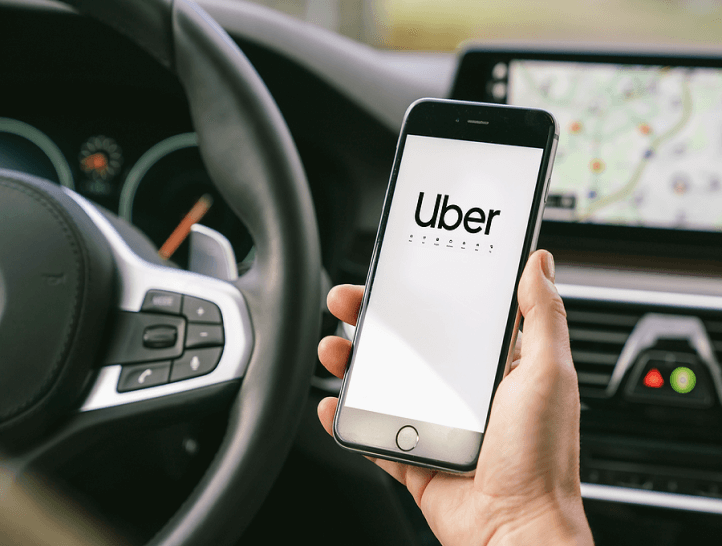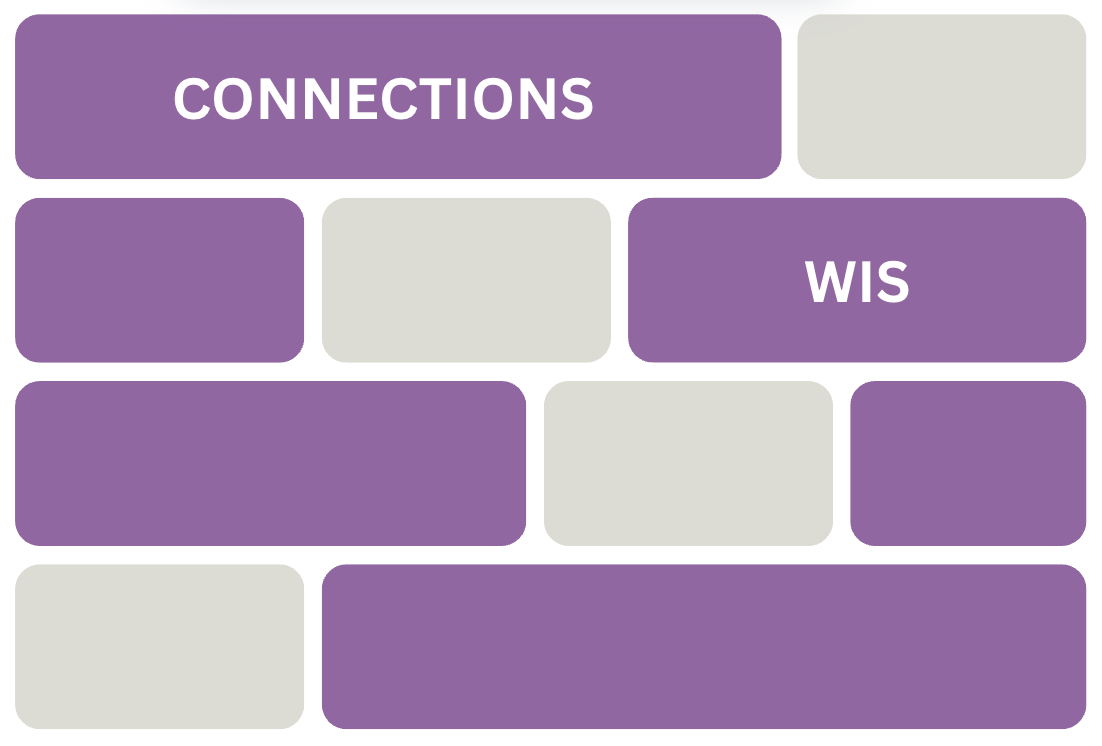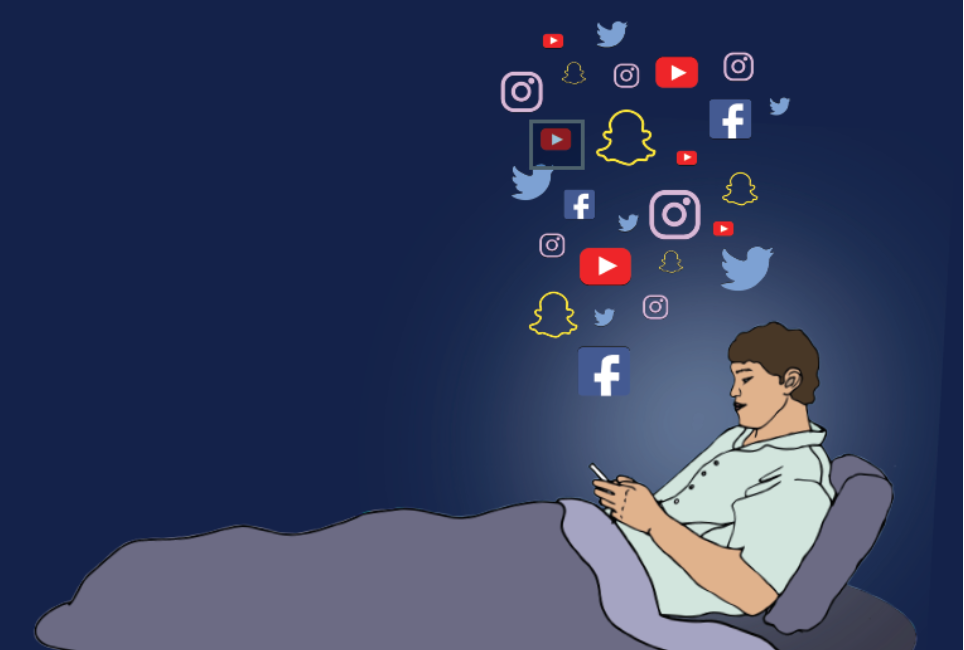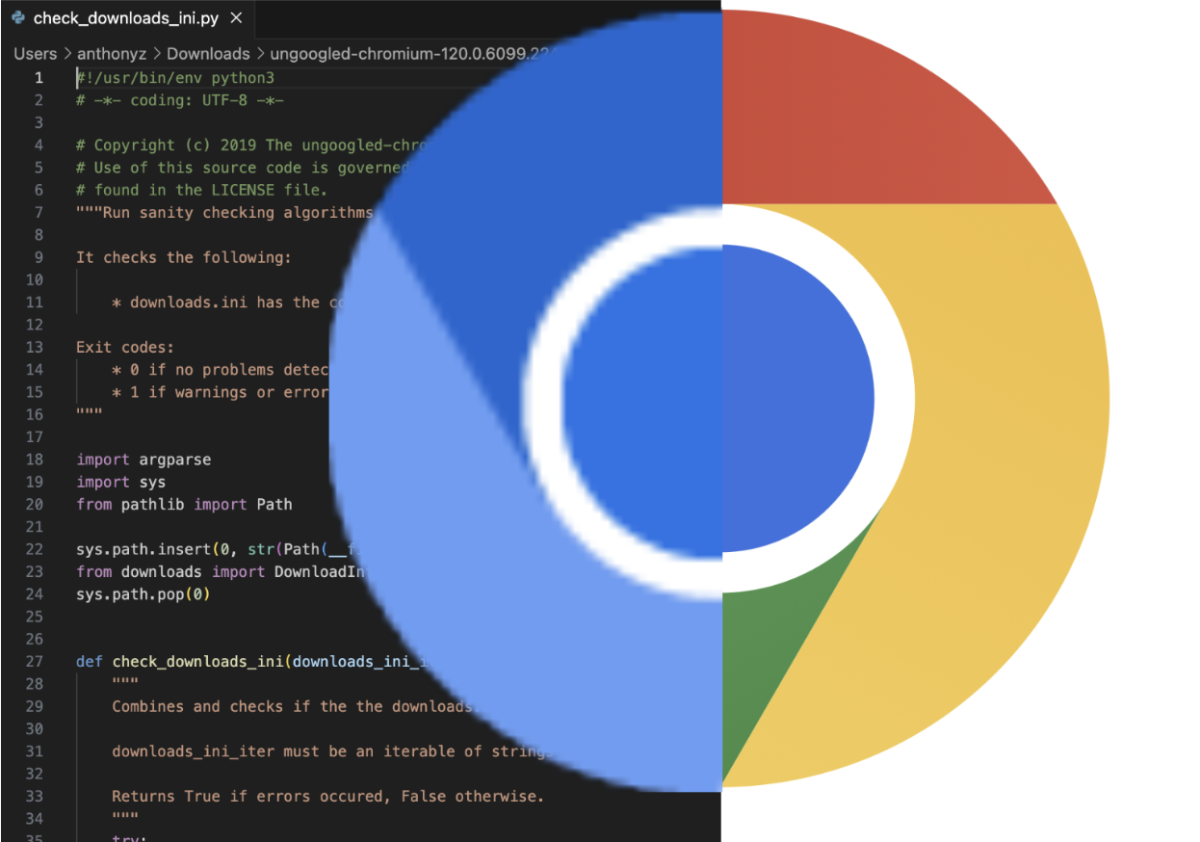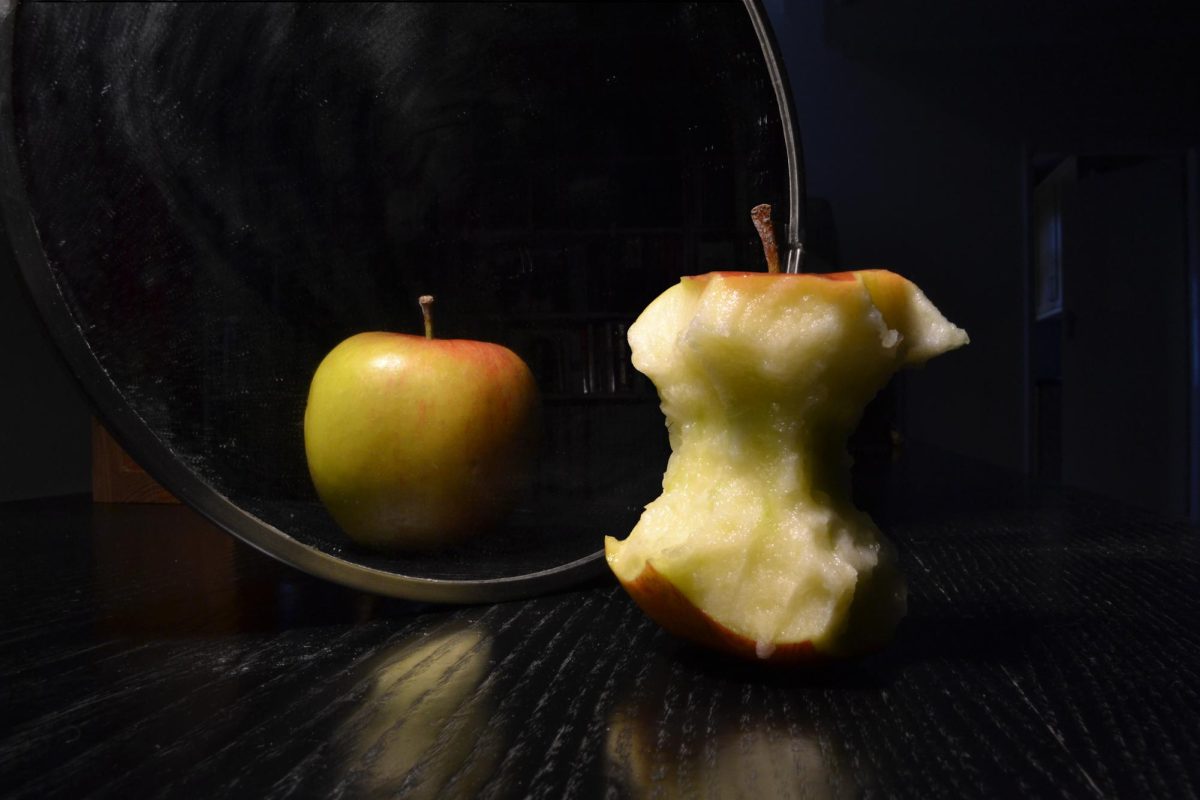Everyone at some point has heard their parent say, “Get off your phone,” or been a bit taken aback by the Sunday screen time notification informing you that your screen time average increased by 40 percent that week. You probably just ignore it, or in the case of your parents, you yell back, saying it’s a ten-minute break.
However, the problem with social media is that it ensures that the ten-minute break will turn into twenty or thirty until an hour or two hours have gone by. So, not to sound like a parent or a screen time notification, but here’s me, a teenager, saying you should get off your phone.
Whenever you’ve studied, done homework, or been in class, do you feel inclined to reach for your phone? Is it always because you received a notification, or has it become almost instinctual? Turns out, on average Americans instinctively reach out to check their phones every 10 minutes, according to Asurion, a global teach care company.
Even if there was no notification or motivation behind reaching, they will still pick up their device every ten minutes. Not only that, but we’ve all gotten so accustomed to our phones that we will sometimes feel it vibrating in our pocket when it’s not even there, according to Harvard Science in the News.
That was the first alarm bell that went off my head. So, I decided to test it; at around seven minutes after putting my phone down, I felt the urge to check it. It was subconscious. No notification or buzz had arrived, but my hand still itched to reach for my phone and swipe up. Even if there wasn’t a notification, I’d decide it was time for a perusal of Instagram. Ignore the screen limit and–bam–time would fly.
The biggest problem with social media is how good it is at efficiently wasting our time without us even being aware of it. On average, most teens spend more than five hours a day on social media, according to Local 12. At times, that number can reach being online for more than nine hours a day.
Not only that, but eventually, it can affect how we think or feel, as the algorithms will adjust the feed according to your likes and shares. Whether we realize this, it influences the way we think and plays a large role in polarization.
A study conducted by Dr. Michael Workman, associate professor of technology management at Texas A&M University, found that social media can influence bias. This means that when people are seeking new information about a topic, social media can change people’s minds. However, if people have already made up their minds, they will seek out information to confirm their beliefs, and social media will provide it. The issue with this is how subconscious these effects are.
Social media, of course, has other adverse and more obvious side effects. Social media has been proven to negatively impact teens, distracting them and disrupting sleep, as well as being linked to a heightened risk for mental health problems like depression, anxiety, negative body image and suicidal ideation, according to The Mayo Clinic.
Simply deleting Instagram and other forms of social media is one type of solution. For some people, it may work to simply delete the app through the week and re-download it on the weekend or fully just remove the app until the summer. Yet, sometimes we need a ten-minute break or even a thirty-minute break on social media to just turn off our brains.
While there may be more “productive” ways to take a break, at times we can all appreciate the value of watching TikTok or scrolling on an Instagram feed. Social media can have benefits, like showing new recipes, demonstrating good exercise form or simply communicating with friends. Furthermore, a “cold-turkey” approach rarely has lasting results. The problem is finding the balance between keeping social media and truly being the one controlling how long you’re spending on your phone rather than being susceptible to the algorithms’ hooks.
One solution is to become more conscious of what you’re doing on your phone. This is more challenging than one would expect. The biggest concern with screen usage is often how unconsciously we reach for our phone and open up TikTok or Instagram and end up doom-scrolling. This is something that has become ingrained in our body. If you ever complain, “I don’t have enough time,” and check your screen time and see your average was four hours on TikTok, well, those are four hours you could’ve had to dedicate to anything else. If we become conscious of this and are aware of our constant itch to check social media, we can become more in control of our phone instinct.
Older generations have a very negative view towards social media, maybe because they didn’t grow up with it, and it is something they are very unaccustomed to. In response, they simply argue social media is always bad and only has negative effects. Maybe they go as far as to imply whenever you feel physically sick, it’s because “you’ve been spending too much time on your phone.” The issue with this mentality is that it may have caused younger generations to simply ignore this opinion and chalk it up to millennials and boomers being, well, millennials and boomers.
Social media does have its benefits. It can be an amazing method of communication. If one’s friends live in a separate country that doesn’t use SMS, Snapchat can be a fun alternative to stay in touch instead of simply using WhatsApp. At the same time, we have to become more conscious of the quiet, addictive traits that social media has so cleverly hidden.
The most effective way to do this is to become conscious of reaching for your phone, how much time you’re spending on it, and if it’s really time you want to spend on it. There’s so much more happening outside our phones, so while a TikTok or Instagram break is understandable, try to become more conscious of whether it’s a quick break you truly want or a full chunk of time in which you’ve mentally checked out and have succumbed to doom-scrolling.
Simply be mindful that social media can disconnect us just as much as it can connect us.
By Elektra Gea-Sereti


























